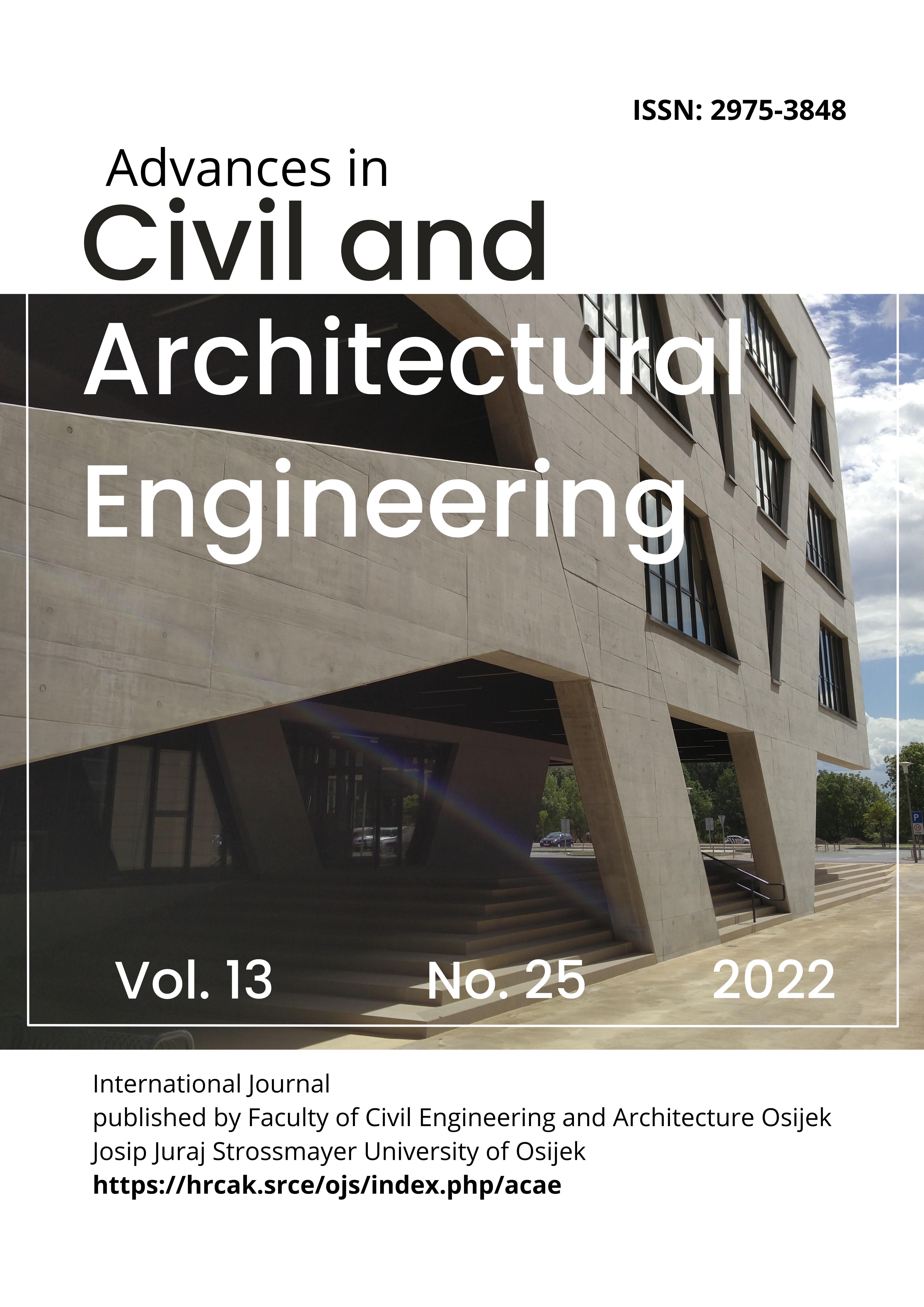SWEPT PATH ANALYSES USING UNMANNED AERIAL SYSTEM (UAS)
Keywords:
UAS, swept path, traffic area design, vehicle trajectoriesAbstract
The aim of this study was the verification of unmanned aerial system (UAS) application in vehicle swept path analyses by analysing the advantages and disadvantages and comparing field test results with two software solutions. In this study, swept-path analyses were performed for two vehicle types and two turning angles. UAS images were used to extract the vehicle swept path and the results were compared with two commonly used swept-path analysis software. The results indicated larger deviations between the swept paths for an angle of 125° for a light truck. For both analysed vehicles and turning angles, larger deviations were observed for the outermost point trajectory. Passenger cars occupy less space performing 125° turns than software analysis predicts, indicating that they are on the safe side when designing vehicle manipulative surfaces. For the analysed light truck, a larger turning radius was observed than the predicted for a 125° turning angle, which may be caused by the approaching and turning speeds under which the test was performed. Finally, while the UAS recording process is relatively simple and fast, data processing is demanding and time-consuming. To fulfil its full potential within swept path analyses, UAS needs to be complemented by proper data analysis software solutions for faster and more accurate swept path extraction, which would improve and rationalise the traffic area designing process.
Downloads
Published
How to Cite
Issue
Section
License
Copyright (c) 2022 Kornelija Bogdan, Ivana Barišić, Vladimir Moser, Damir Rajle

This work is licensed under a Creative Commons Attribution 4.0 International License.

